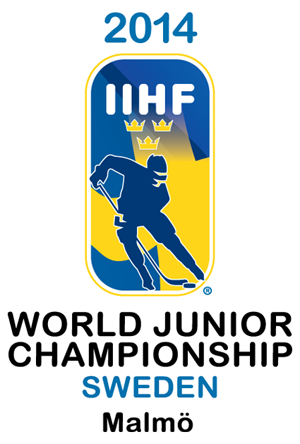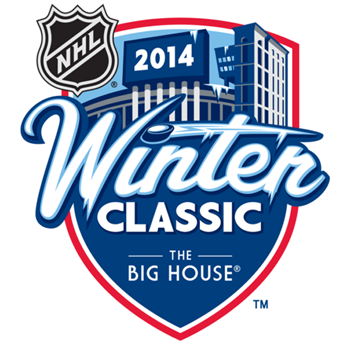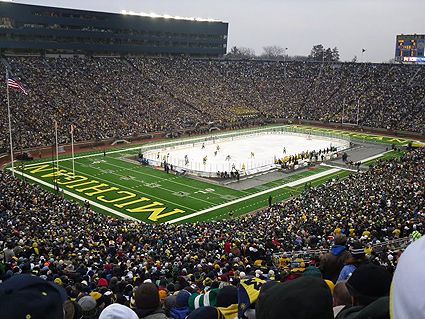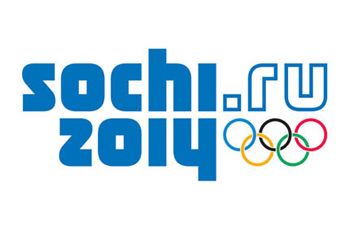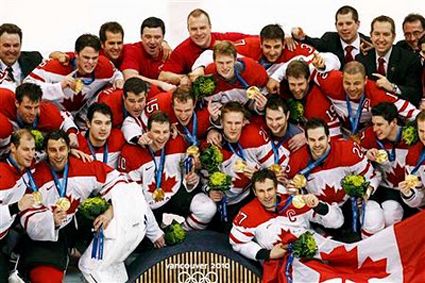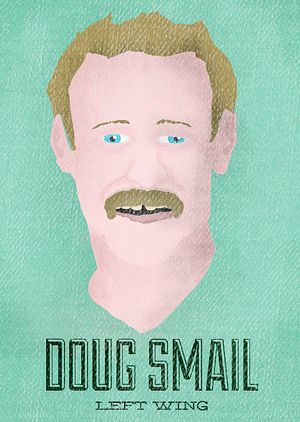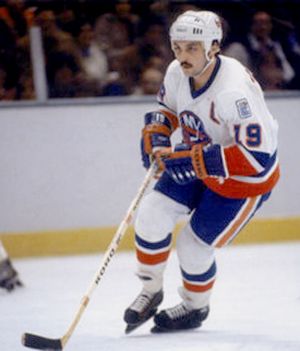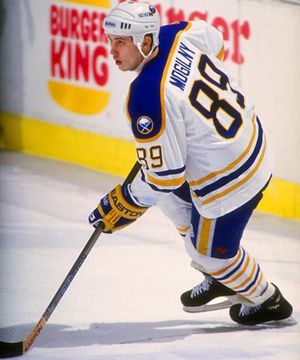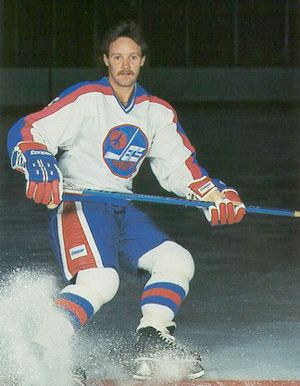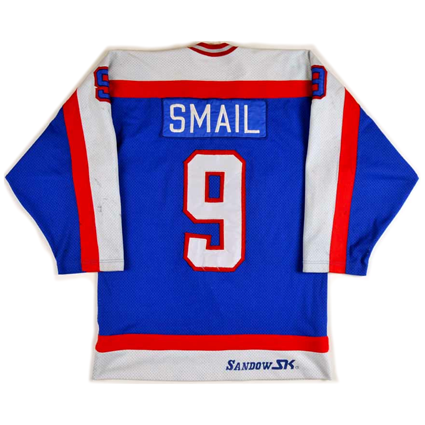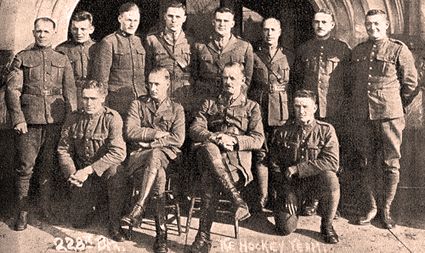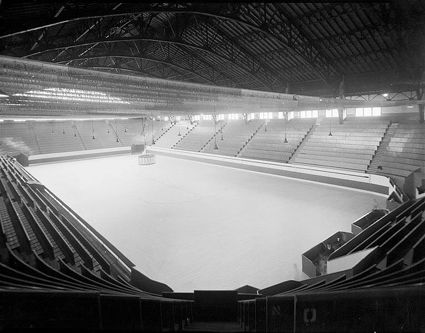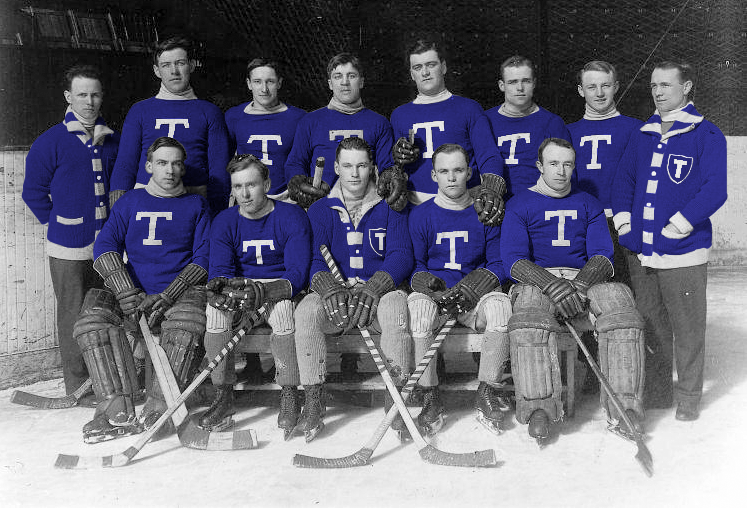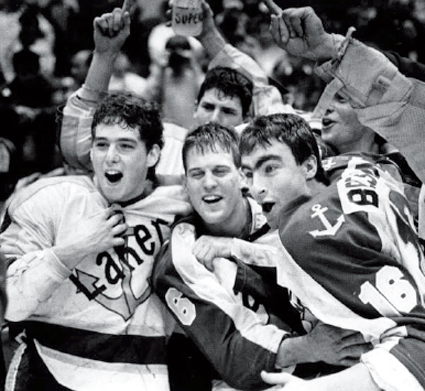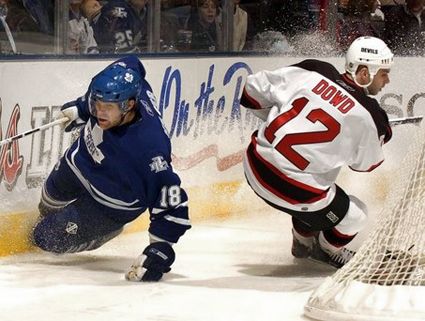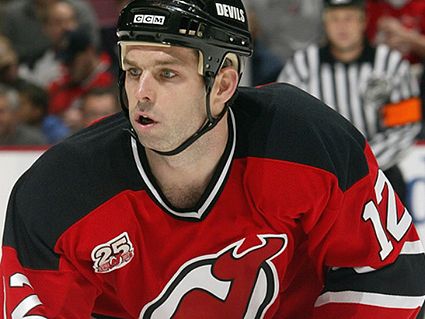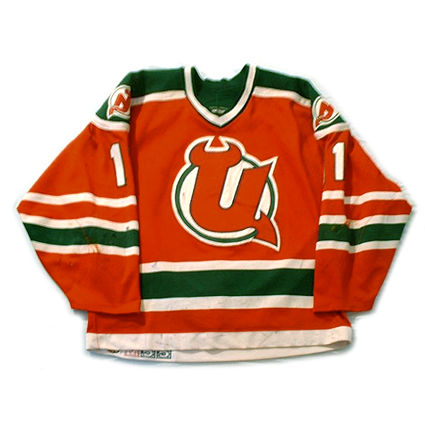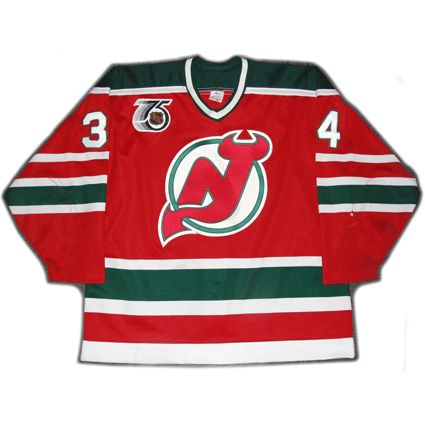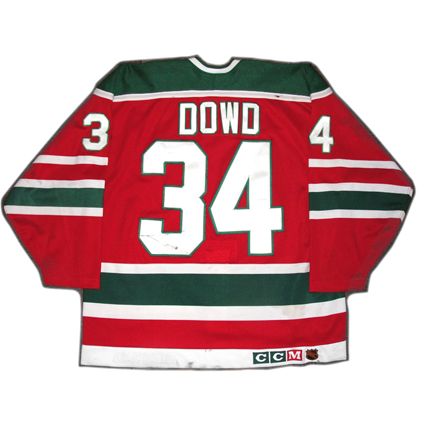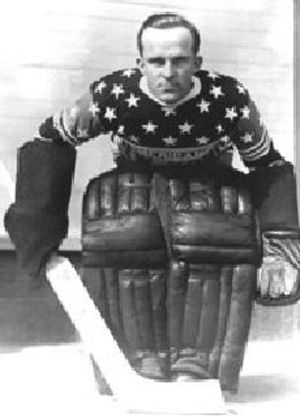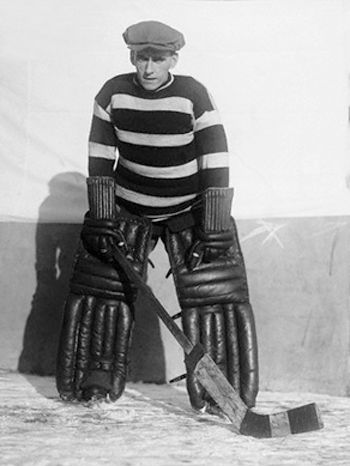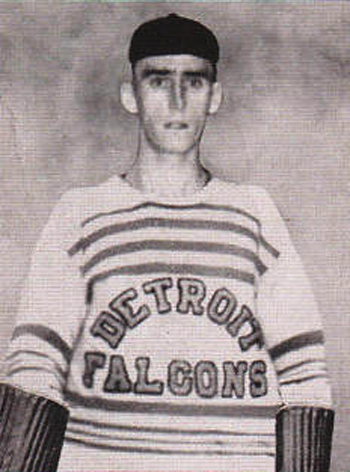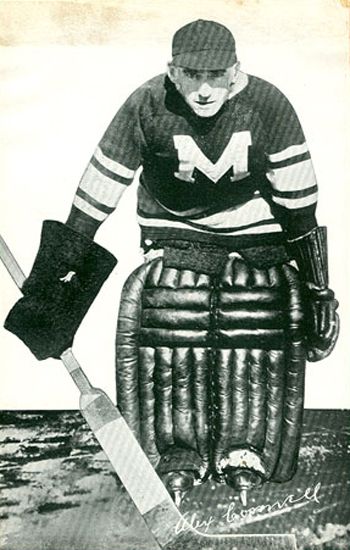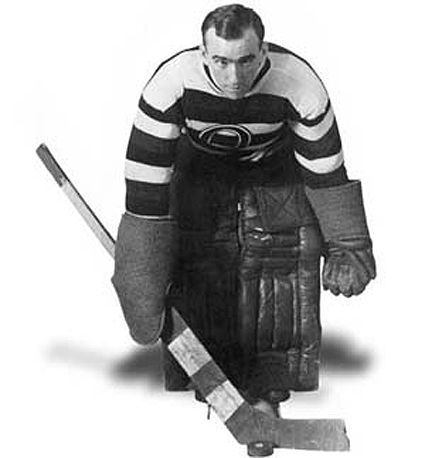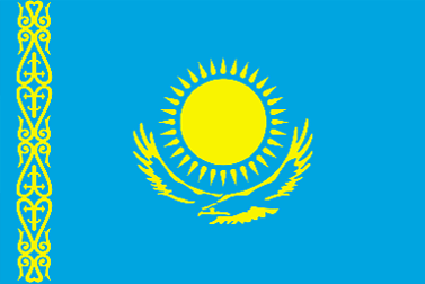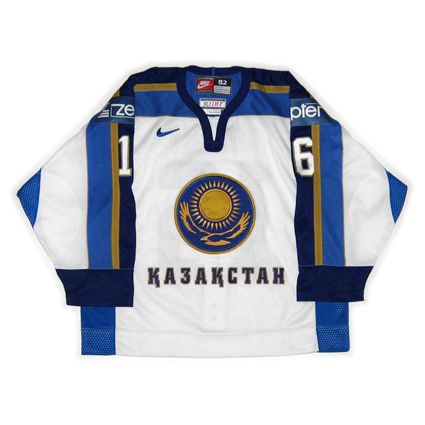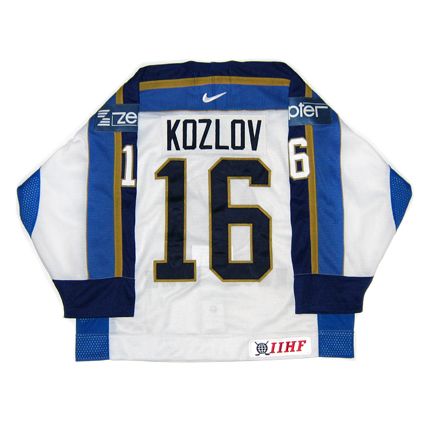The hockey kicks off on December 26th in Sweden with the start of the 2014 World Junior Championships in Malmö, Sweden, where ten countries face off in the annual holiday season tournament which runs through January 5th's Gold Medal Final.
The teams are divided into two groups, with Group A stacked with the defending gold medal champions the United States, Canada, the Czech Republic, Slovakia and Germany, with the key matchup looking to be the US vs. Canada on New Year's Eve.
Group B looks no easier with the hosts Sweden having to face Russia, Switzerland, Finland and Norway. Key games in the group are Sweden vs. rival Finland on Dec. 28th and and Sweden vs. Russia also on Dec. 31st.
Viewers in the United States can watch 18 games on the NHL Network, including all the Group A games, covering all the United States and Canada preliminary round games, as well as all 8 playoff round contests.
The game will be held at Michigan Stadium and is expected to set a new world record for attendance at a hockey game, as "The Big House" is the current world record holder at a certified 104.173 when the University of Michigan Wolverines faced off against rivals the Michigan State Spartans in December of 2010. Attendance at that game was actually announced at 113,411 and the stadium has held as many as 115,109 for football, so you can be certain the NHL will meticulously document each person through the turnstiles.
The festivities for the Winter Classic actually began back on December 15th with many youth games taking place from the 18th to the 26th on the rink at Comerica Park (home of the Detroit Tigers), but the big spectator events will start on Friday, December 27th with the Great Lake Invitational (GLI) college hockey tournament when Michigan State (Big Ten) faces off against the Michigan Tech Huskies (WCHA) followed by the Western Michigan Broncos (NCHC) taking on Michigan (Big Ten) with the losers meeting the following afternoon before the championship game on Saturday evening.
Sunday sees the Windsor Spitfires (from just across the river in Canada) playing the Saginaw Spirit followed by the London Knights and the Plymouth Whalers finishing off the Ontario Hockey League doubleheader. The American Hockey League takes center stage on Monday when the Toronto Marlies square off against the Grand Rapids Griffins.
The NHL takes over on Tuesday, December 31st with the highly anticipated pair of alumni games between veteran Red Wings and Maple Leafs, which should be a virtual Hockey Hall of Fame on ice.
After the NCAA, OHL, AHL and NHL Alumni finish up at Comerica Park on the 31st, the action switches to The Big House on New Years Day for the Winter Classic itself in Ann Arbor.
A week later, the 2014 Winter Olympics get under way in Sochi, Russia on February 8th when the women's tournament begins, followed by the start of the men's competition on the 12th with the first two of 30 games, concluding on Sunday, February 23rd with the Gold Medal Game with the women having concluded on the 20th.
The men's competition is divided into three groups, with Group A being Russia, Slovenia, Slovakia and the United States, Group B consisting of Austria, Canada, Finland and Norway while Group C has the Czech Republic, Latvia, Switzerland and Sweden battling it out.
Six days later it this incredible run of 67 days of hockey concludes with the final game of the NHL Stadium Series when the Chicago Black Hawks host the Pittsburgh Penguins at Soldier Field in Chicago followed the very next day with the 2014 Heritage Classic when the Ottawa Senators travel to take on the Vancouver Canucks in what may very well be the best dressed game of the entire stretch of games, as the Senators will wear a white version of their amazing heritage alternate jersey while the Canucks will reprise their Vancouver Millionaires throwbacks from last season, although the red vs. blue Winter Classic between Detroit and Toronto is also going to look great, if not slightly unusual without a white home jersey in action.
Speaking of jerseys, decisions must be made by collectors, as each of the six NHL outdoor games will feature special one-off jerseys (as many as 11 in all since the Rangers will play twice and depending on what the New Jersey Devils decide to wear) and the Olympics see an entirely new lineup of jerseys from Nike, many of which are some of the most bold and controversial seen in a long time - another two dozen to pick from, although Nike has a history of only releasing the colored road jersey for many of the lower ranked teams at the retail level, and those they do sell are often in short supply. Those who remember 2010 will recall that after the games started, several countries jerseys were already a challenge to acquire, so shop early to avoid disappointment.


